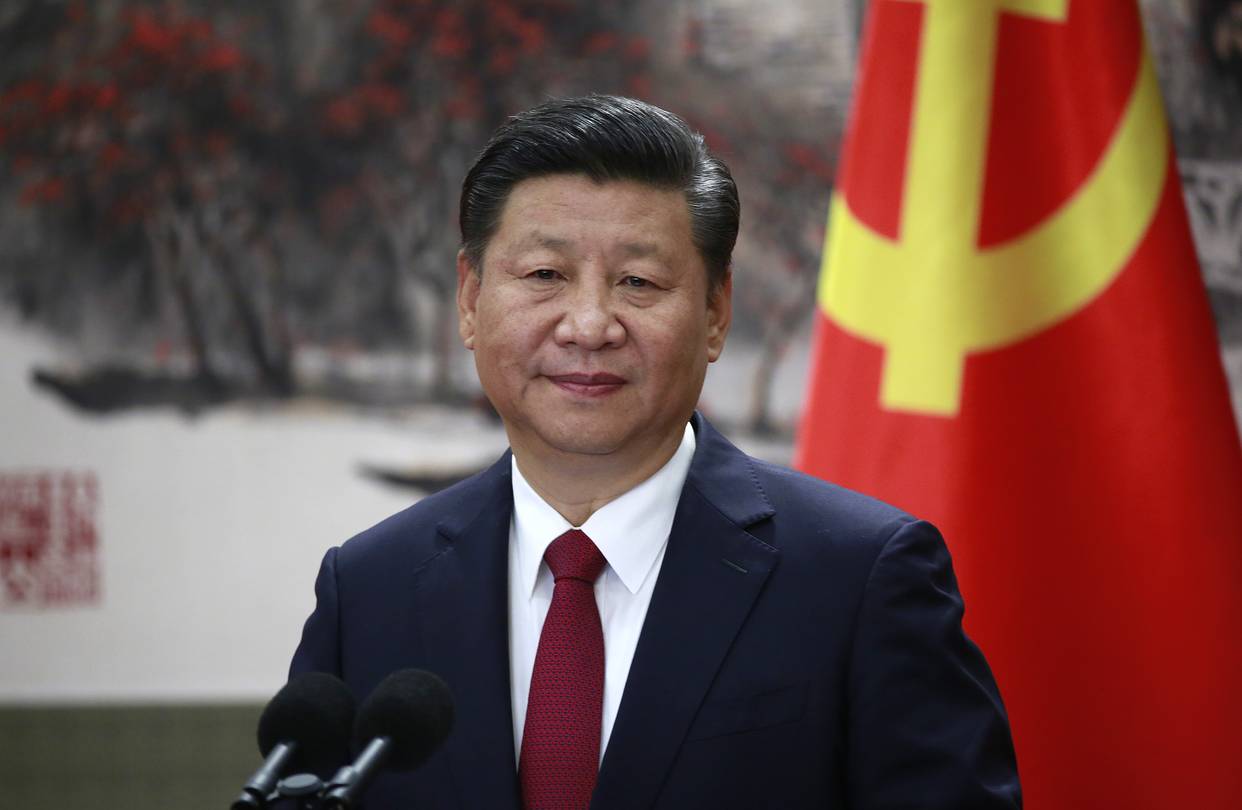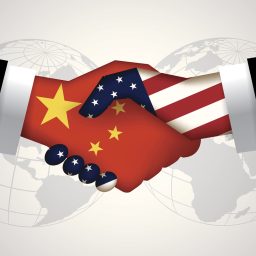China Overtakes the US economy; A battle of economic equals?

2014 is a landmark year for the world economy, one when the dominance of the USA appears to be over as China becomes the world’s largest economy. China and the USA may be economic rivals, but beyond the headline figures, divergent trends in both countries are apparent. Everything from living standards, consumption patterns, the business environment, productivity, retail, and travel markets differ in China from the USA.
Yet similarities are there income inequality is an issue in both countries. Both countries are leaders in the development of renewable energy technologies, manufacturing production, and, less auspiciously, pollution.
The real draw for consumer goods companies is China’s huge population and the rapidly growing incomes of its consumers, whereas in the USA the overall size of the consumer market and the affluence of its shoppers continue to entice businesses operating in the consumer goods arena.
Taken together, the two economies play a crucial role in driving global growth. A strong China in conjunction with the strong USA, whichever is nominally the larger of the two, is central to a stable, well-functioning global economy. The two countries together account for 1-in-3 dollars spent globally, thus a well-researched China strategy, along with a carefully considered USA strategy, is crucial to success.
This year China will overtake the USA to become the world’s largest economy in PPP terms. Whilst this is a major milestone, it doesn’t tell the whole story of the two economies. China may be the largest in absolute terms but the USA retains its pre-eminence in key areas. Above all, there are sharp contrasts between the two countries.
China overtakes in Size
As would be expected with an emerging market, in growth terms China has outpaced the USA
consistently for decades and this is expected to continue into the future. In practical terms, this means that at the same time it took the USA economy to double in size (1986–2020) the Chinese economy grew 12-fold.
lags in living standards
In GDP (PPP) per capita terms, China still ranks way below the USA. In fact, in a ranking of 183 countries, China is in 75th place. Even in 2030, per capita GDP in PPP terms in China will remain at less than half that of the USA.
In terms of living standards, China still has a long way to go and these numbers are what really matter to the average person. In addition, the spoils of economic growth have not been distributed evenly and income inequality is a real challenge for the Chinese government. Yet, income inequality is an issue that both countries have in common. For instance, since 2008, the
disposable income of a middle-income household in the USA has fallen whilst that of a high income (decile 10) household has increased dramatically. In China, all income levels have seen growth, but the low-income households are overwhelmingly in rural areas leading to an urban-rural divide.
Consumption vs. investment
The structure of the two economies is also quite different. In 2020, Private Consumption accounted for 67.5 % of its Nominal GDP, in the USA, As compared to just 38.8% in China.
Chinese growth has been driven by investment, whereas in the USA private consumption has been the driver. A point of similarity is that both countries have seen debt-fuelled growth.
An unbalanced economy, whether it be weighted towards consumption or investment, or fuelled by debt, is open to risk. Too much emphasis on consumption could lead to pressure on the trade balance and inflationary pressures, whereas if the investment is not directed to where it’s needed it could be wasted entirely, place pressure on inflation or create bubbles.
Structurally sound?
Agriculture remains an important sector in China, contributing 10.46% to GDP in 2019 whereas in the USA it is 1.0%. Productivity is much higher in the USA, however with only 1.4% of the employed population working in agriculture in the same year, compared to 32.6% in China. USA farms tend to be large-scale businesses whereas in China many farms are traditional and small-scale. The Chinese government aims to modernize farming, seeing a better-functioning
The agricultural sector is a tool to combat rising rural-urban inequality and to quell potential unrest.
Another interesting point of difference in manufacturing. In China, manufacturing accounts for a far larger proportion of the economy at 30.0%, whereas in the USA it is 13.2%. Yet since 2010, manufacturing has been expanding in importance in the USA while in China it is declining, having peaked at 32.9% in 2007. The USA manufacturing sector is benefiting from the
reshoring trend is driven by low energy costs and the subdued growth of labor costs, whereas the Chinese manufacturing sector is suffering from increasing costs and skills shortages.
Balancing trade
Finally, the external sector also reveals huge differences. China’s trade balance has been in surplus every year since 1994, whereas the USA has been in deficit since before 1977. Looking at trends over time, however, the balance of trade is slowing converging with the trade deficit in the USA shrinking whilst China’s trade surplus also shrinks.
Twin drivers of global growth
China and the USA may be economic rivals, and China may just take the lead this year in terms of the overall size of the economy, but beyond the headline figures, underlying contrasts are more apparent.
Taken together, the two economies play a crucial role in driving global growth, and a strong China in conjunction with the strong USA, whichever is nominally the larger of the two, is central to stable and sound global growth.
Sanjida Jannat
















